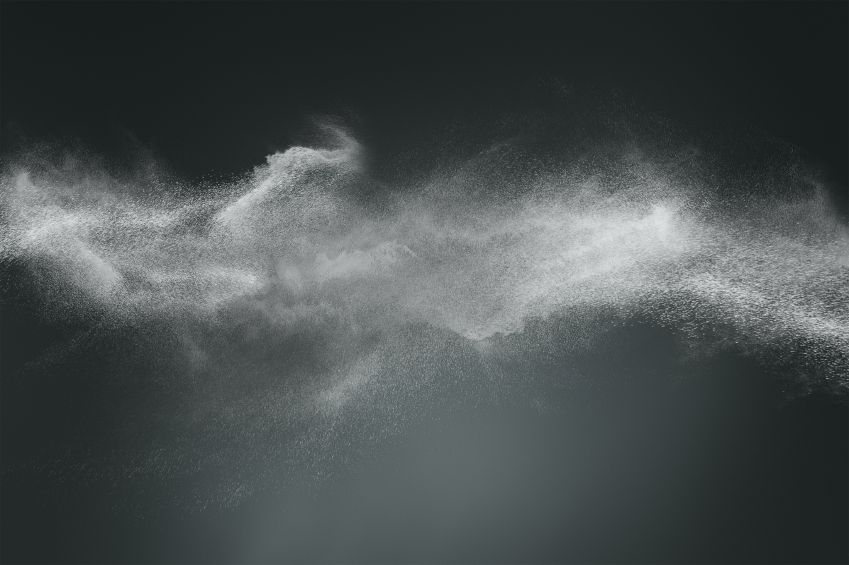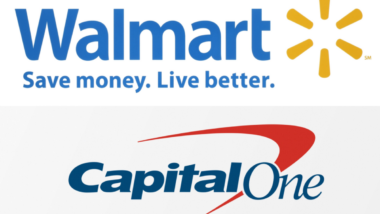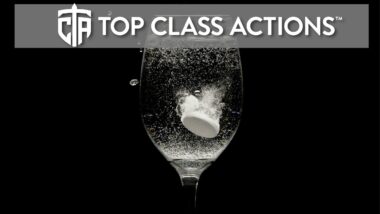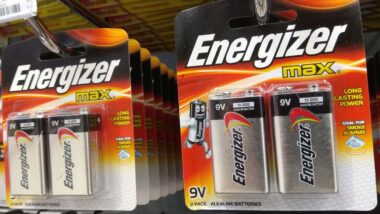Top Class Actions’s website and social media posts use affiliate links. If you make a purchase using such links, we may receive a commission, but it will not result in any additional charges to you. Please review our Affiliate Link Disclosure for more information.

Oddly, the reason behind the concern relates to a product few mothers or babies use: crayons. In the early 2000s, scientists discovered the products sold by three of the largest companies contained up to three percent asbestosis by weight. One industry association got caught out when it argued that the procedures were incorrect; it did not perform any tests itself. The crayon makers no longer use talc in their manufacturing, but the issue raises two concerns regarding ovarian cancer side effects from baby powder.
One, it may be difficult to identify differences between the two materials in cases in which they are represented by a small fraction of the ingredients in a product. The other is that some of the confusion likely comes from the fact that they are structurally similar. Talc and asbestos are both fibrous and that is one of the reasons that they can be significant irritants. Many pediatricians recommend that parents avoid using it with children because of the potential for respiratory problems.
Baby powder class action lawsuit attorneys note that there is still scientific research to be done regarding the potential for carcinogenic effects in women. Most organizations note that when it included asbestos, it was very risky. However, the International Agency for Resaerch on Cancer currently cannot classify the material, although there are studies indicating that there is a likelihood of increased diagnoses. If people are concerned, the American Cancer Society notes that products with cornstarch powders have no link with any form of cancer.
In general, baby powder cancer lawsuits are filed individually by each plaintiff and are not class actions.
Do YOU have a legal claim? Fill out the form on this page now for a free, immediate, and confidential case evaluation. The attorneys who work with Top Class Actions will contact you if you qualify to let you know if an individual lawsuit or class action lawsuit is best for you. Hurry — statutes of limitations may apply.
ATTORNEY ADVERTISING
Top Class Actions is a Proud Member of the American Bar Association
LEGAL INFORMATION IS NOT LEGAL ADVICE
Top Class Actions Legal Statement
©2008 – 2024 Top Class Actions® LLC
Various Trademarks held by their respective owners
This website is not intended for viewing or usage by European Union citizens.
Get Help – It’s Free
Join a Free Baby Powder Cancer Class Action Lawsuit Investigation
If you used Johnson’s Baby Powder, Shower to Shower, or another talcum powder product and were diagnosed with ovarian cancer, you may have a legal claim. Family members of loved ones who died of ovarian cancer can also join. Submit your information now for a free case evaluation.
An attorney will contact you if you qualify to discuss the details of your potential case at no charge to you.














